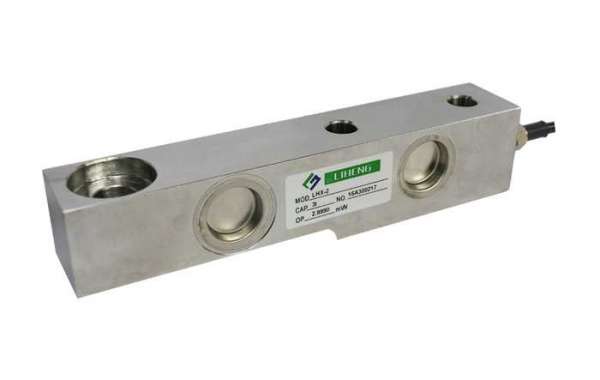Work criteria
Like all other modern weighing transducers, a single point is essentially a sensor that converts force or weight into electrical signals. They do this by using a strain gauge, which is mounted on the main body of the weighing transducer. Under load, the shape of the weighing transducer will be slightly deformed. This change is detected by the strain gauge, which deforms in accordance with the body, which results in a voltage change. This voltage signal is proportional to the initial force or weight, so it can be used to calculate it.
design
The single-point load cell has a variety of shapes and sizes and can be adapted to different types of applications. All of these have an inner hole, which is a geometrically precise cut to the car body. This is usually what distinguishes them from beam load cells visually. The hole controls the metal thickness of each point on the main body of the weighing transducer, which is the key to the load cell's ability to withstand eccentric loads.
Single points are usually made of stainless steel or high-grade aluminum, the latter being most suitable for low-volume use. Depending on the degree of environmental protection required, they are available in the canned form or sealed form. Some models provide ATEX certification and can be used in hazardous areas.








